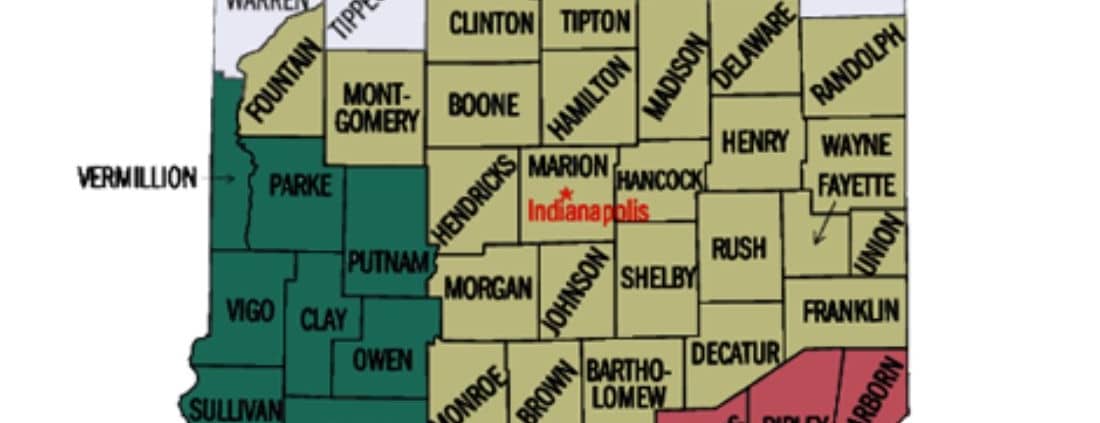Where Do I File Bankruptcy?
Where Do I File Bankruptcy?
Where you file bankruptcy is usually a relatively simple question to answer. The bankruptcy code applies to every state and most territories across the nation. Typically, it is just a matter of identifying the closest bankruptcy division and selecting an attorney.
Federal Bankruptcy Structure
Federal bankruptcy courts essentially mirror the federal district court system. The federal district courts have original and exclusive jurisdiction over all cases arising under the bankruptcy code. Federal code 28 U.S.C. § 157(b)(1) “refers” bankruptcies filed in the district over to the bankruptcy court. Fortunately, Congress thought it wise to create separate bankruptcy-specific courts due to the complexity and volume of bankruptcy filings.
Where to File Bankruptcy – Hierarchy
From Top to Bottom
The top of the federal court system consists of the United States Supreme Court. This is where all final judicial decisions are rendered. It is the end of the line for any controversy that arises under federal law or when two separate state laws or parties conflict.
Below the United States Supreme Court lie the U.S. District Courts. There are currently 94 federal district courts that are grouped by state into 11 U.S. Courts of Appeal. There is one additional Federal District Court of Appeal that has national jurisdiction and hears matters such as patent law and international trade.
Immediately below the U.S. District Court is the Bankruptcy Court. For example, Indiana has two U.S. District Courts – the Northern District of Indiana and the Southern District of Indiana. Each District then has it own Bankruptcy Court. These jurisdictions are further subdivided into individual Divisions.
The Southern District of Indiana consists of the Evansville Division, Terre Haute Division, New Albany Division and the Indianapolis Division.
Which Division Applies
The Division in which you file bankruptcy is based on the county in which you reside.
Evansville Bankruptcy Court
If you live in Daviess, Dubois, Gibson, Martin, Perry, Pike, Posey, Spencer, Vanderburgh or Warrick County, you would file your bankruptcy in the Evansville Division.
Terre Haute Bankruptcy Court
If you live in Clay, Greene, Knox, Owen, Parke, Putnam, Sullivan, Vermillion or Vigo County, you would file your bankruptcy in the Terre Haute Division
New Albany Bankruptcy Court
If you live in Clark, Crawford, Dearborn, Floyd, Harrison, Jackson, Jefferson, Jennings, Lawrence, Ohio, Orange, Ripley, Scott, Switzerland or Washington County, you would file your bankruptcy in the New Albany Division.
Indianapolis Bankruptcy Court
If you live in Bartholomew, Boone, Brown, Clinton, Decatur, Delaware, Fayette, Fountain, Franklin, Hamilton, Hancock, Hendricks, Henry, Howard, Johnson, Madison, Marion, Monroe, Montgomery, Morgan, Randolph, Rush, Shelby, Tipton, Union or Wayne County, you would file your bankruptcy in the Indianapolis Division.
Where to File Bankruptcy Has Exceptions
This is the structure of the system that dictates which jurisdiction/division you will file under. Fortunately, as long as you hire a bankruptcy lawyer, your lawyer is able to file your bankruptcy electronically and there is no need to physically deliver anything to one of these courts. As with anything related to the law, there are exceptions to these general rules. Naturally, you should consult with a qualified bankruptcy lawyer before assuming that you will be filing in one bankruptcy court or another.





